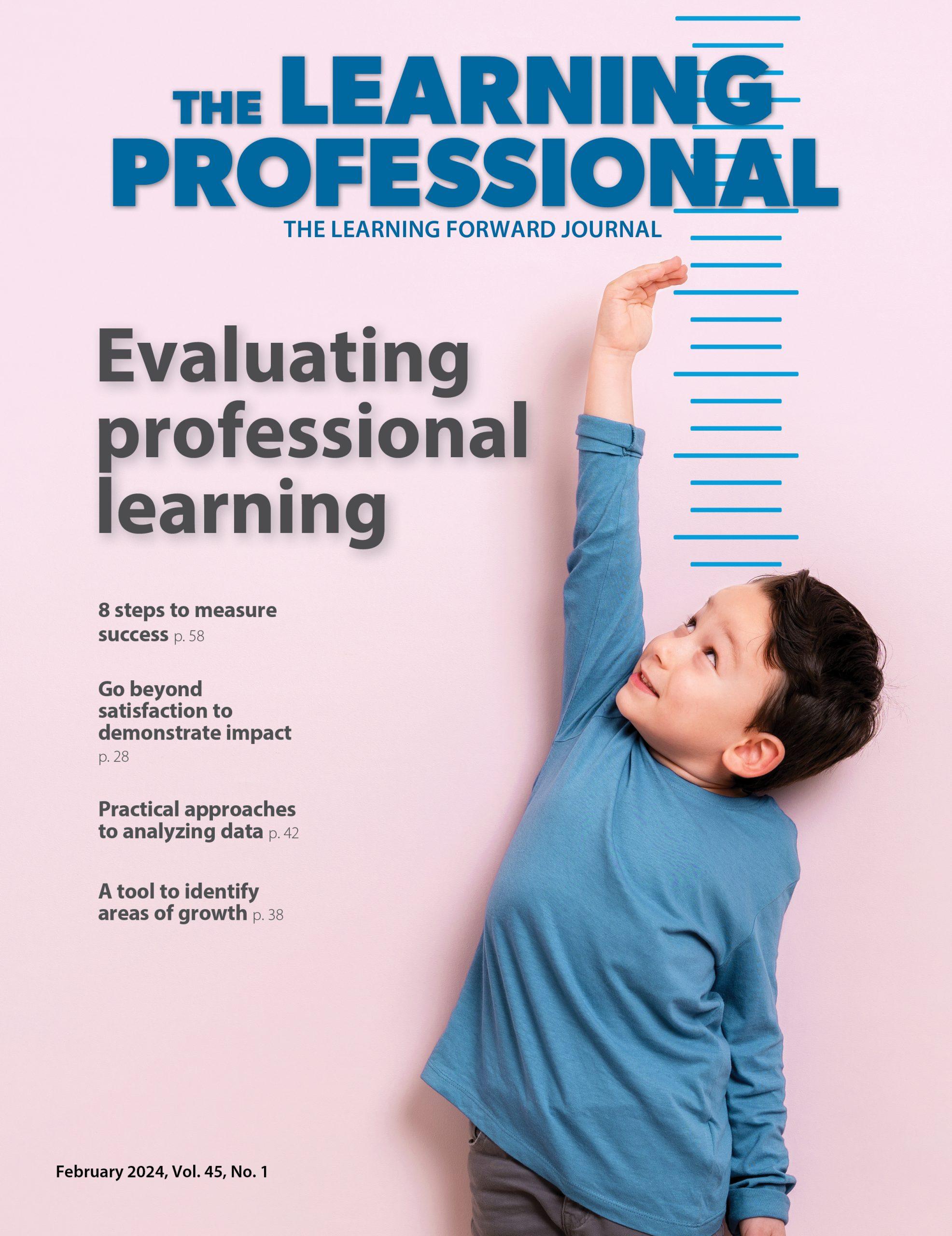Focus, feedback, follow-through
Professional development basics guide district's plan
By Lori Renfro and Adriel Grieshaber
August 2009
Read the remaining content with membership access. Join or log in below to continue.
Sed ut perspiciatis unde omnis iste natus error sit voluptatem accusantium doloremque laudantium, totam rem aperiam, eaque ipsa quae ab illo inventore veritatis et quasi architecto beatae vitae dicta sunt explicabo. Nemo enim ipsam voluptatem quia voluptas sit aspernatur aut odit aut fugit, sed quia consequuntur magni dolores eos qui ratione voluptatem sequi nesciunt. Neque porro quisquam est, qui dolorem ipsum quia dolor sit amet, consectetur, adipisci velit, sed quia non numquam eius modi tempora incidunt ut labore et dolore magnam aliquam quaerat voluptatem.
References
DuFour, R. & DuFour, B. (2007). What might be: Open the door to a better future. JSD 28(3), 27-28.
Hord, S., Rutherford, W., Huling-Austin, L., & Hall, G. (1987). Taking charge of change. Alexandria, VA: ASCD.
Knight, J. (2007). Instructional coaching: A partnership approach to improving instruction. Thousand Oaks, CA: Corwin Press.
Killion, J. (2008). Are you coaching heavy or light? Teachers Teaching Teachers, 3(8), 1-4.
Mizell, H. (2007). Narrow the focus, expand the possibilities. JSD, 28(3), 18-22.
NSDC. (2001). NSDC’s standards for staff development. Oxford, OH: Author.
Richardson, J. (2004). Taking measure: Innovation Configurations gauge the progress of a new initiative. Tools for Schools, 8(2), 1-7.
Roy, P. & Hord, S.M. (2003). Moving NSDC’s staff development standards into practice: Innovation configurations. Oxford, OH: NSDC.
Roy, P. & Hord, S.M. (2004). Innovation configuration maps: Chart a measured course toward change. JSD, 25(2), 54-58.
Speck, M. (1996). Best practice in professional development for sustained educational change. ERS Spectrum, 33-41.
WestEd. (2008a). Coach for success: Providing teachers with specific feedback. San Francisco: WestEd.
WestEd. (2008b). T4S: Teach for success. San Francisco: WestEd.
Recent Issues
LEARNING TO PIVOT
August 2024
Sometimes new information and situations call for major change. This issue...
GLOBAL PERSPECTIVES
June 2024
What does professional learning look like around the world? This issue...
WHERE TECHNOLOGY CAN TAKE US
April 2024
Technology is both a topic and a tool for professional learning. This...
EVALUATING PROFESSIONAL LEARNING
February 2024
How do you know your professional learning is working? This issue digs...







